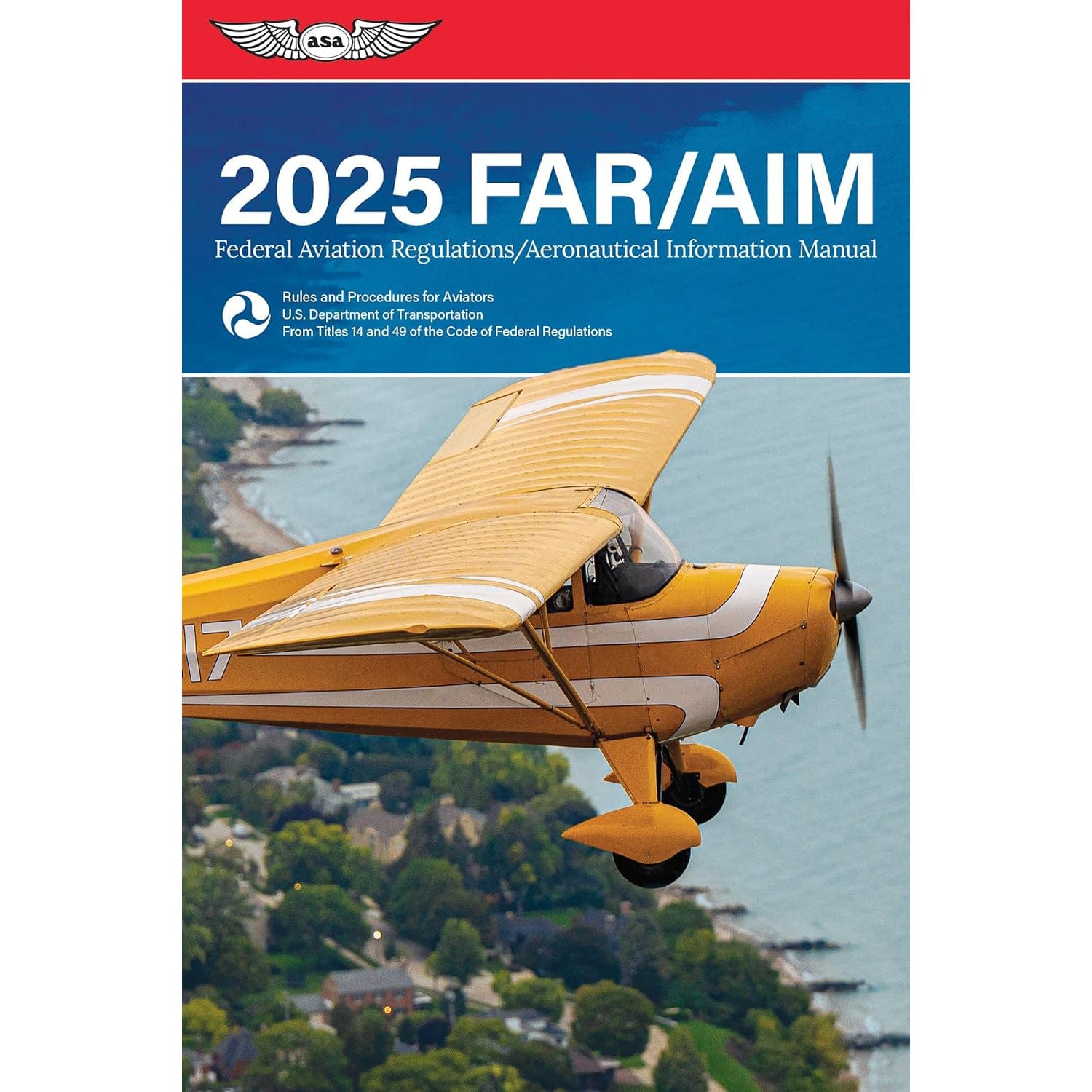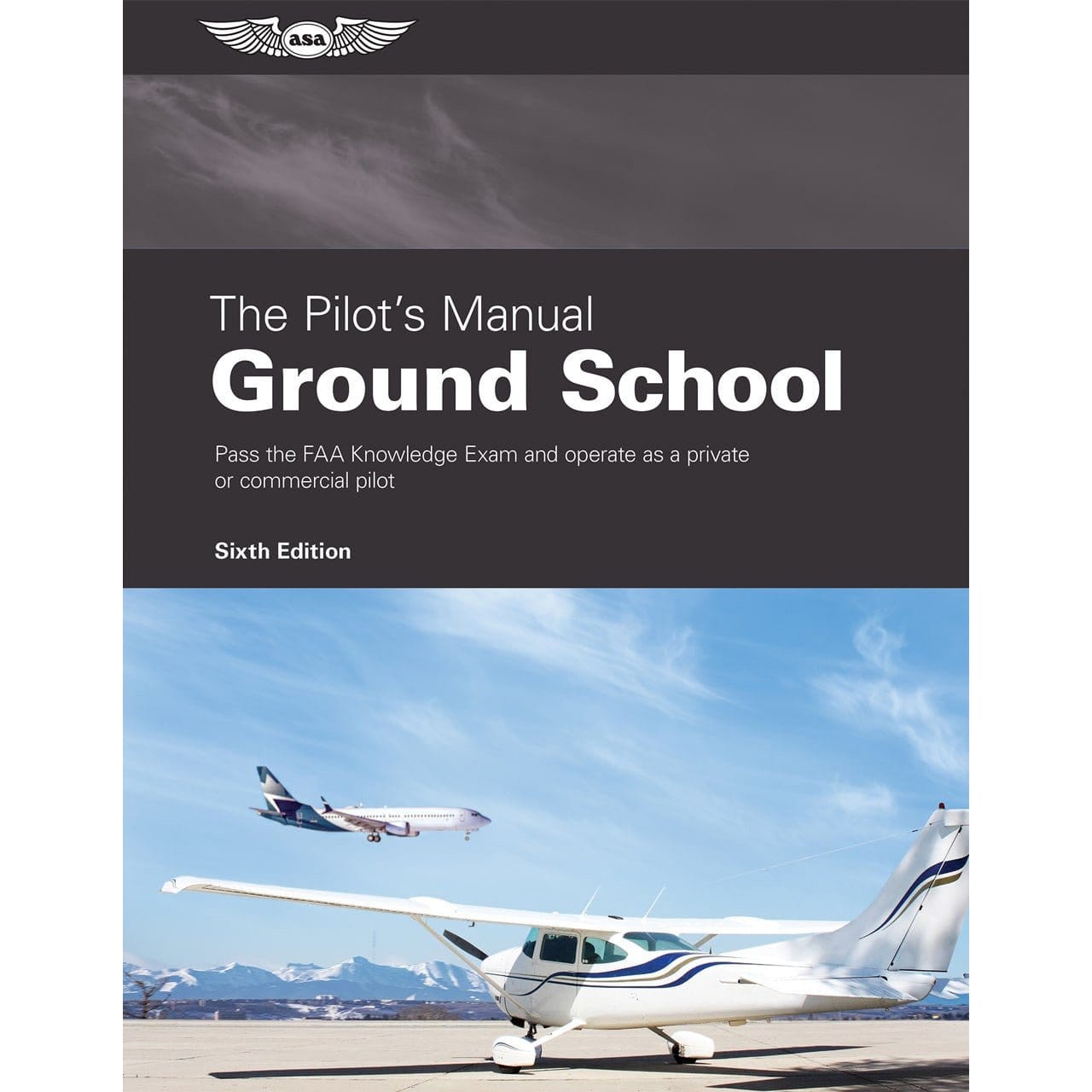Private pilots won’t venture into the most restrictive of all classes of airspace, but if you are an airline pilot, cargo operator, or pilot of a high-performance aircraft, you will be cruising routinely in Class Alpha Airspace.
If Class A flights are in your future, keep reading, because we will give you a head start on learning what you need to know about Class Alpha airspace.

What is Class A Airspace?
The Class A, or Class Alpha category of controlled airspace is the high-altitude enroute airspace for jet and turboprop aircraft. It is the most restrictive airspace category with numerous entry and operational requirements for both pilots and aircraft. Pilots must remain contact with air traffic services within Class A and receive a clearance prior to entering it.
Class A Dimensions
Unlike the upside-down cake shapes of Class B and Class C airspace, Class Alpha airspace doesn’t have multiple tiers or shelfs. Class A over the United States is large and flat like a blanket covering lower-altitude airspaces.
Class A Airspace Altitude
Class A altitude is expressed in “flight levels” not feet. The Class A controlled airspace begins at Flight Level 180 (18,000 feet) and extends vertically up to and including Flight Level 600 (60,000 feet) in the continental United States and Alaska. This includes airspace overlying the waters within 12 nautical miles of the mainland and Alaskan coast.
Pro Tip: To convert feet to flight levels, simply remove the last two digits. For example, 23,000 feet becomes flight level 230, also expressed as FL230.
What is Above Class A?
Although the odds are slim to none that most of us will ever fly within the upper limits of Class A, you may wonder what happens when you pass through Flight Level 600. What airspace would you be in? There is no new category of super high-altitude airspace. As you clear FL600, you re-enter the Class E airspace that surrounds other categories of airspace.
How to Locate Class A
Due to its large dimensions and consistent floor and ceiling altitudes, Class A airspace is not marked on either the VFR sectionals or the IFR enroute charts.
Class A itself may not be shown on sectionals and charts, but the designated flight routes within Class A are shown on high altitude en-route charts.
J-Routes
You will notice Jet routes, or J-Routes, which are like the Victor routes found at lower altitudes. The J-route airways start at 18,000 feet MSL and the airspace extends up to FL450. Jet routes are depicted in black with the letter “J” followed by a route number.
Q-Routes
RNAV-equipped aircraft flying in Class A can travel on Q-Routes which are also found between 18,000 feet MSL and FL450. Q-routes are depicted in blue with the letter “Q” followed by a route number. Random RNAV routes with direct travel between waypoints can be requested and are subject to ATC approval and monitoring.

Class A Airspace Requirements
Class Alpha is the most restrictive controlled airspace of all the categories of airspace in terms of the equipment and training requirements to enter it.
The following are all necessary to legally enter Class A:
- Pilot holds an IFR certification
- IFR equipped aircraft
- Flying an Instrument Flight Rules flight-plan on high-altitude route
- Receive ATC clearance prior to entering airspace
- Two-way radio communications
- Mode C transponder
- Altimeter set to 29.92 (using pressure altitude rather than true altitude)
- Distance Measuring Equipment (DME) for operating at and above FL240 with a VHF Omni-Directional Range (VOR)
Weather Minimums in Class A
Class B airspace, Class C airspace, Class D airspace, Class E airspace, and Class G airspace all have VFR weather minimums, but Class A is different. Since Visual Flight Rules, including SVFR, is not allowed in Class A airspace, there are no weather minimums to be aware of. All Class A flights are flown under ATC control and using instruments.
Class A Airspace Speed Limit
The only designated maximum speed within Class A is Mach 1. As long as you stay below the speed of sound, you can fly as fast as you like subject to your airframe’s ratings.
Class A Aircraft Spacing
There may not be weather minimums and speed limits, but Class A does have separation requirements. Non-Reduced Vertical Minima separation is 2,000 feet vertically. Pilots with specially certified altimeters and autopilots can fly Reduced Vertical Minimums with separations of just 1,000 feet.
Who Can Enter Class A Airspace?
To enter a Class A controlled airspace, you must hold a minimum of an IFR certification. VFR flights are not allowed in Class Alpha. As with Class B airspace, you must also receive ATC clearance to enter Class A.
Can You Fly VFR in Class A?
There are a few exceptions to the IFR-only Class A flight requirements. Gliders and sail planes flying in the mountains can request a special clearance exception to enter Class Alpha, as can high-altitude skydivers.
Pro Tip: If you will need an exception, plan ahead. Exception requests must be made in writing to the controlling Air Traffic Control service facility at least 4 days in advance.
There is one other notable exception to the IFR-only Class A rule. If two-way radio communications fail during a flight in Class Alpha, the AIM regulations instruct that “if the failure occurs in VFR conditions, or if VFR conditions are encountered after the failure, each pilot shall continue the flight under VFR and land as soon as practicable.”
Can Private Pilots Fly in Class A?
Since one of the pilot requirements for Class A is an IFR certification, private pilots who are IFR certified may wonder if they qualify. The answer is “yes and no.”
While private VFR-only pilots are not allowed into Class A, a private pilot with an IFR certification can fly at 18,000 feet—the floor of Class A. The caveat is that such a pilot will not be cleared to fly any higher than 18,000 feet.
 How to Get Approval to Enter Class A
How to Get Approval to Enter Class A
Clearance to enter Class A controlled airspace sounds different than it does for Class B. In Class B airspace, pilots need to hear that their callsign is “cleared into Class B” prior to entering.
For class A, you won’t hear that you’re “cleared into Class A.” Instead, your callsign will be given an IFR clearance with an altitude that takes you into Class A. For example, “Climb and maintain flight level two four zero.” Once you hear this, you can pass through 18,000 feet.
How is Class A Airspace Different from All Other Airspace?
The main differences between Class A and other categories of airspace are:
- Pressure altitude is used rather than true altitude.
- Altitude is expressed in flight level rather than in feet.
- Pilots are required to hold IFR certification.
- The airspace is not depicted on sectionals or other charts.
- Clearance is given to a specific flight level rather than into the airspace.
Takeaways
As a pilot flying in this airspace, the three key points to remember are:
- Use pressure altitude, not actual altitude. Set your altimeter to 29.92 when you cross into Class A.
- Express your altitude in terms of “flight level” not feet.
- ATC will not tell you “cleared into the Class A.” They will simply clear you for an altitude above 18,000 feet (FL180). This counts as your official approval to enter Class A.
Ready to review the other categories of FAA airspace classes?
Learn more about Class B airspace, Class E airspace, Class D airspace. Find out what a Temporary Flight Restrictions is and much more! Our guides are designed to help student pilots become professional pilots and for private pilots to brush up on their knowledge and skills.
- Class B Airspace: Who Can Enter and How to Get Permission
- Class C Airspace: All the Details You Need to Know
- Class D Airspace: Everything You Need to Know
- Class E Airspace: The Logic Behind It (Guide)
- Class G Airspace: Everything You Need to Know
- Temporary Flight Restrictions: Can You Fly Through a TFR?
Did you find this article helpful?
Do you think we missed anything important? Let us know in the comments below!










